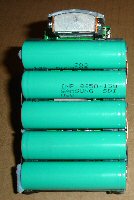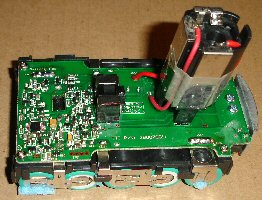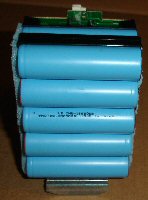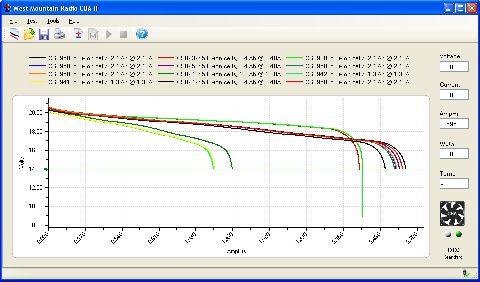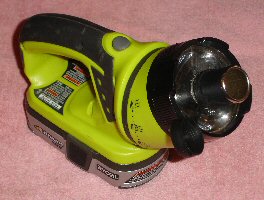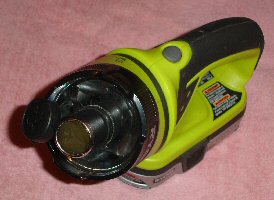| Model | Date Code | Rated (mAh) | Fall 2009
Measured | % Rated | Nov 2010
Measured | % Rated | Jan 2012
Measured | % Rated | Comments |
1322401 | G0424 | 1500 | 849 | 56.6% | 476 | 31.7% | DEAD | 0.0% | Discharge curve contained several stair-steps, probaby indicating bad cells |
P100 | BD0537 | 1700 | 777 | 45.7% | 548 | 32.2% | DEAD | 0.0% | Stair-step in discharge curve indicates bad cells. |
P100 | G0432 | 2200 | 1487 | 67.6% | 1288 | 58.6% | 744 | 33.8% | A rebuild. Stair-step in discharge curve indicates bad cells. |
P103 | CS0849 | 1300 | 1319 | 101.5% | unkn | unkn | unkn | unkn | A rebuild - replaced 1 cell from another P103
Could not re-test, gave it to my mother. |
P103 | 0829 | 1300 | 1261 | 97.0% | | | | | Was left in the rain and died. R.I.P.! |
P103 | CS0842 | 1300 | 1313 | 101.0% | 1227 | 94.4% | 1204 | 92.6% | |
P103 | 0831 | 1300 | 1272 | 97.8% | 1253 | 96.4% | | | |
P103 | CS0842 | 1300 | 1317 | 101.3% | 1251 | 96.2% | 1217 | 93.6% | |
P103 | CS0849 | 1300 | 1122 | 86.3% | 1070 | 82.3% | 909 | 69.9% | A rebuild - replaced 1 cell from another P103 |
P103 | CS0849 | 2600 | 2058 | 79.2% | 2123 | 81.7 | 1970 | 75.8% | A rebuild - Tenergy 2600mAh cells |
P104 | G0736 | 2400 | 1736 | 72.3% | 945 | 39.4% | | | Factory Refurbished |
P104 | G0747 | 2400 | 2300 | 95.8% | 1922 | 80.1% | 1820 | 75.8% | Factory Refurbished |
P104 | G0744 | 2400 | 2264 | 94.3% | unkn | unkn | unkn | unkn | My first Lithium Ion pack! (1 of 2)
Could not re-test, gave it to my mother. |
P104 | G0744 | 2400 | 2276 | 94.8% | 2052 | 85.5% | 1908 | 79.5% | My first Lithium Ion pack! (2 of 2) |
P104 | 0832 | 3000 | 2990 | 99.7% | 2242 | 74.7% | 2418 | 80.6% | A rebuild - cells from Makita BL1830 |
P104 | 0821 | 3000 | 3000 | 100.0% | 2983 | 99.4% | 2865 | 95.5% | A rebuild - cells from Makita BL1830 |


